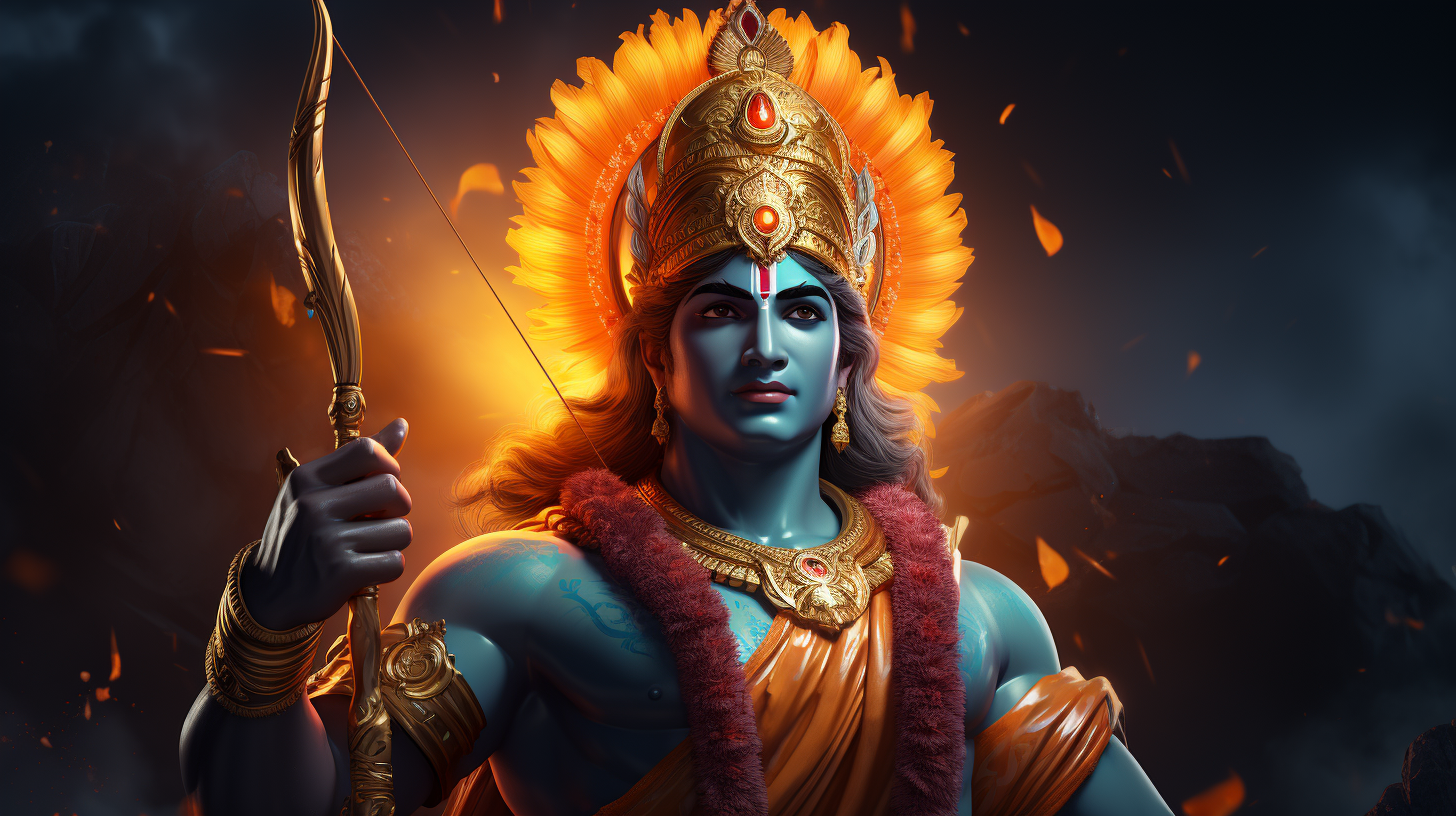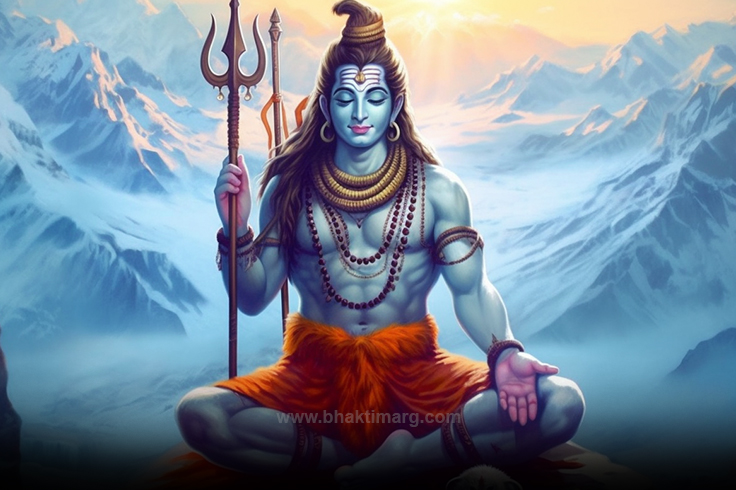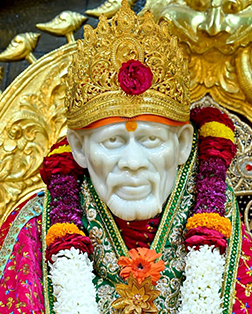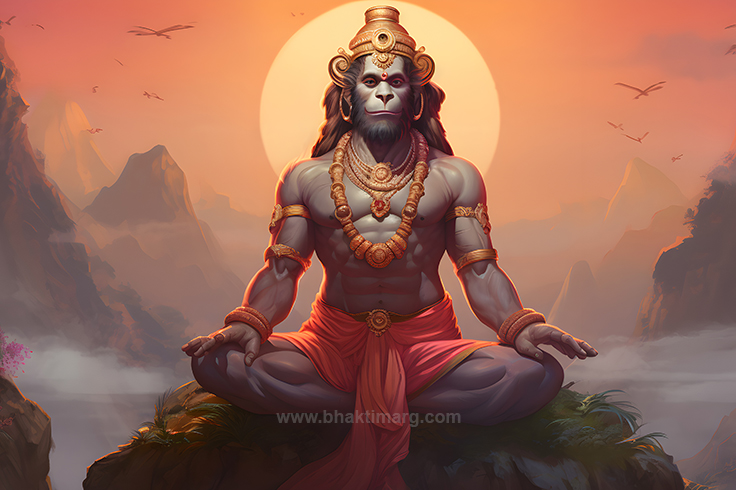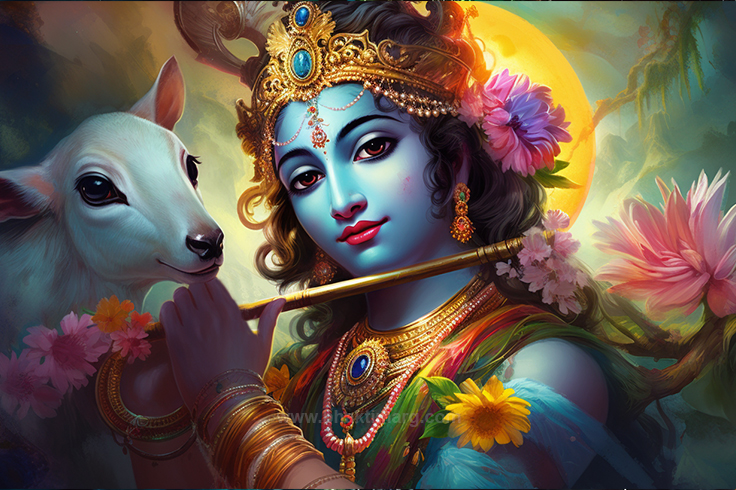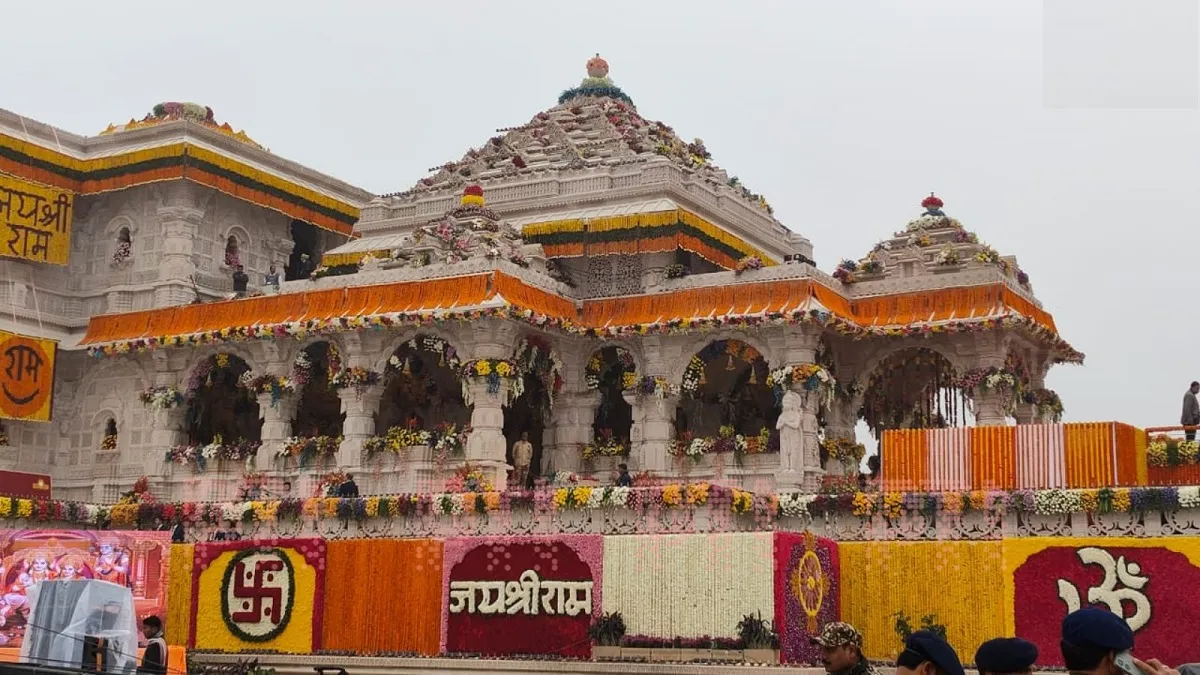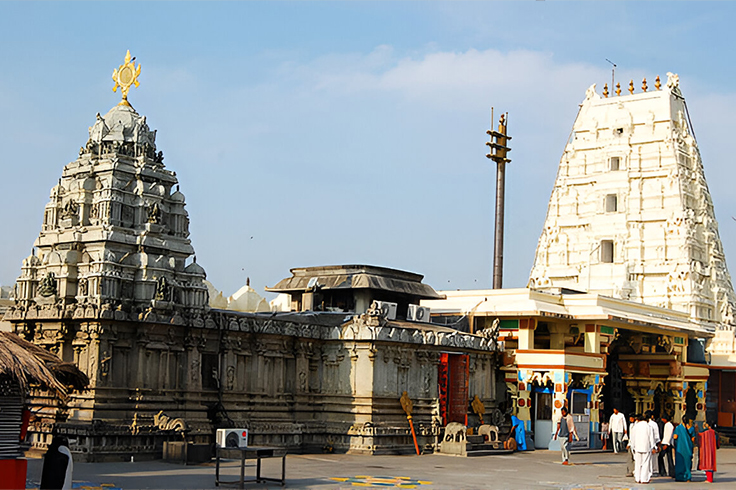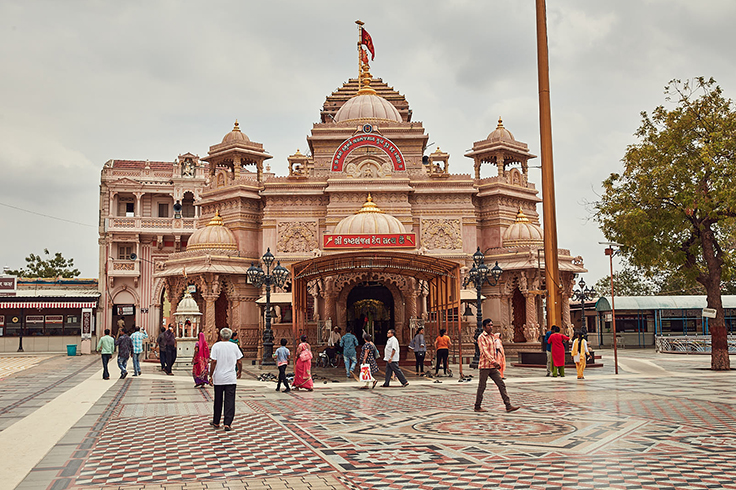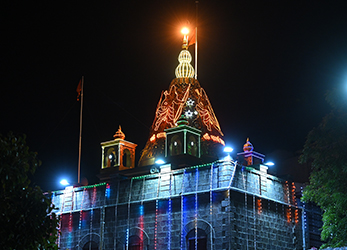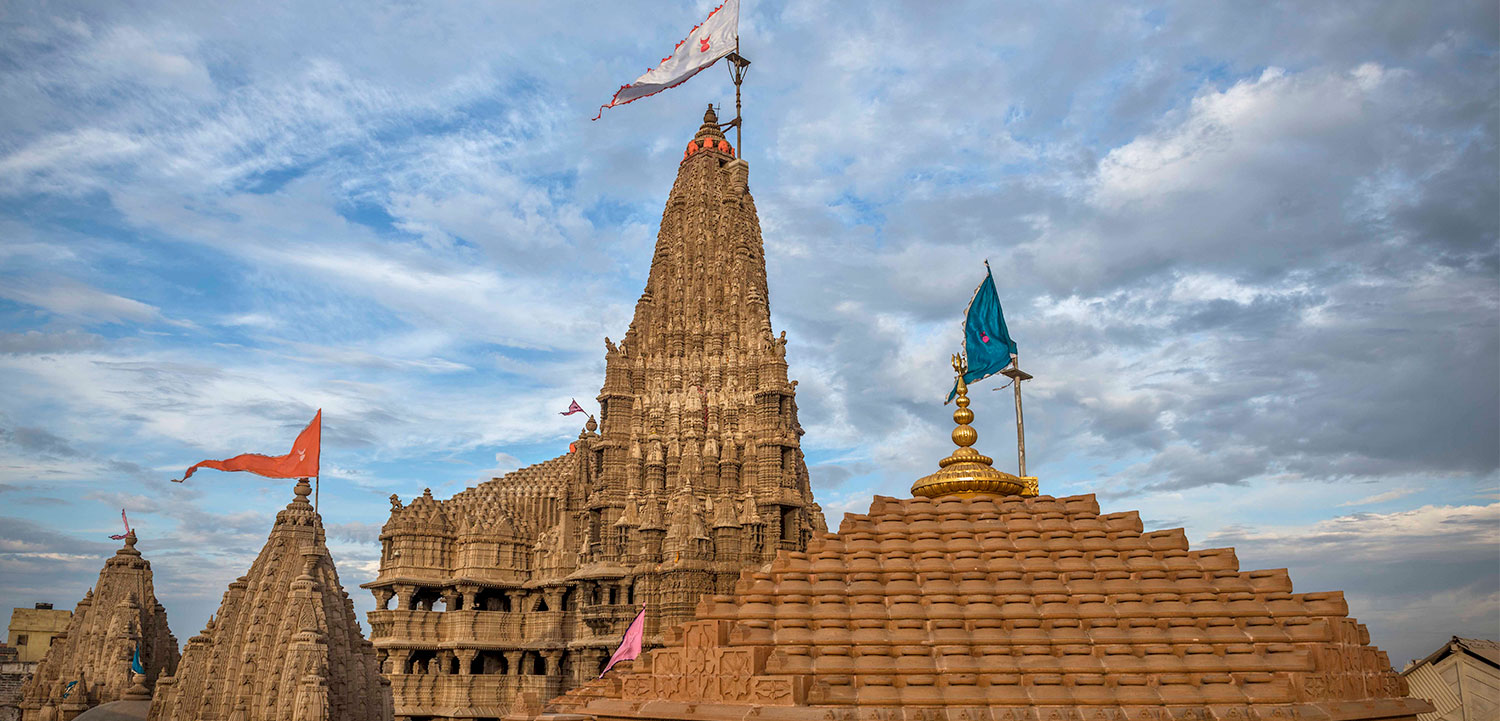
The Story of Rudra: The Fierce Form of Lord Shiva
In Hinduism, Lord Shiva is one of the mightiest and most revered gods. Although supreme among the deities of destruction, he destroys evil and ignorance. Lord Shiva, as Rudra, also protects, heals, gives wisdom, and enlightens. In his many manifestations, the form of Rudra is perhaps the most terrifying.
The story of Rudra traces its origin back to the most ancient Hindu texts, where Lord Shiva is, for the most part, an ambiguous storm god representing raw energy and chaos, a symbol of destruction.
Over time, however, Rudra joined forces with the more benevolent aspect of Rudra’s avatar of Shiva to form a divine force embodying fear and compassion, destruction, and reconsolidation.
In this blog, we will study Rudra’s origin, various stories associated with the Rudra avatars of Lord Shiva, his part in Hindu scriptures, and why he remains an object of worship and an integral part of rituals even today.
The old and contemporary significance of the god Shiva Rudra avatar helps in comprehending the balance between creation, destruction, and protection in the universe.
The Origin of Rudra

The story of Rudra begins in the Rigveda, one of the oldest and most revered scriptures in Hinduism. In these ancient texts, Rudra is depicted as a powerful storm god, a furious manifestation of nature, the very sight of whom exercises fear and awe in the witnesses. Rudra’s wild, untamed, and unpredictable character is reflected in the very storms and destructive winds he controls. Thus, we see a dual nature in Rudra, as described in the Vedic texts, with tremendous powers of destruction and tremendous powers of healing, both of which his ancient worshippers recognized and revered him for.
The Vedic concept of Rudra covers many components. The roar of his wrath and anger can destroy worlds while healing and protecting are expressions of his compassion. As a natural force of stormy vigour, he personifies every other natural force and is recognized as being indispensable to the cosmic order.
You can count upon him to ward off obstacles and grant prosperity and well-being so that harmony and balance may prevail in the universe.
The Birth of Rudra
In one widely accepted story of Lord Rudra’s origin, he was born of the wrath of Brahma, the universal creator. When Brahma started creating, he somehow felt that there was one thing missing powerful being would be required to restore balance when good and evil forces conflicted. In a moment of deep energy and intensity, Brahma opened his third eye, and from this act, Rudra was born.
Out of Brahma’s eye came one who looked ferociously terrible. There were a thousand eyes and a dark presence from the very onset. Brahma was horrified and, at the same time, astounded by this force of nature which he had created and, therefore, you can call Rudra-‘the howler” or ”one who roars.”
His roar was such that it could penetrate through the whole universe, and he created terror and awe in the hearts of all beings. Although a very fierce being, Brahma bestowed upon him names and forms representing the many qualities of this fierce god.
It is these forms that later came to be known as the 11 Rudra name, each manifesting a different face of Rudra’s divine power.
Meaning of the Name Rudra
The meaning of the name Rudra is deeply rooted in Sanskrit. The term “Rudra” is derived from the root Rud, meaning ” to cry, to howl, or to be fierce”. This reflects Rudra’s persona as that of a storm god, a god whose fierce presence brings fear and renewal alike. The fierceness is thus essential to Rudra’s identity, for it describes his uncontrollable temperament and the cosmic destroyer.
God Shiva Rudra avatar, a name often used interchangeably with Rudra, signifies a very different aspect of this divine power. Shiva reflects calmness and tranquillity that will easily liberate your soul. Shiva is the epitome of benevolence and compassion – it is a peaceful avatar that can liberate your soul. While Rudra embodies destruction and chaos, calmness and grace are Shiva Symbolism. These two forms of the same god thus symbolize the unending contrast between creation and destruction, chaos and order, wrath and compassion. Er, wrath and compassion.
Lord Shiva as Rudra
Rudra’s fierce and storm-like energy is reflected in his many forms and manifestations. As Rudra’s Avatar of Lord Shiva, he takes various aspects in his act of destruction. Each Rudra symbolizes a particular aspect of Shiva’s anger and cosmic purposes. While a few Rudras are associated with storms and fires, others are related to recuperation and protection. These eleven Rudras are the key players in maintaining the balance of creation, preservation, and destruction in the universe.
Each of the eleven Rudras signifies some qualities of Lord Shiva- ferocity, compassion, and wisdom. Some of the Rudras destroy wickedness so others may be reborn and healed. These work together to keep the balance of the cosmos. The Shiva stories are somewhat concerned with cosmic incidents and demonstrate the diverse and crucial roles Rudra plays in Hindu mythology.
The Shiva Mantra
It is a powerful mantra that you can chant to remove all negativity, and it will also make you feel energized. The Shiva Mantra encompasses 6 influential mantras, which you can chant from time to time as per the situation in your life.
The first mantra is “Panchakshari Shiva Mantra”, which is popularly known as “Om Namah Shivaya”, which you can chant every time while worshipping Shiva.
People play Gayatri Mantra during rituals in almost every Hindu household. The Maha Mrityunjaya Mantra can help you recover from any deadly thought, such as fear of death.
The Ekadasha Rudra mantra is a vast one as it consists of 11 mantras, and each of these mantras is specific to and in accordance to 1 month. Those are Kapali, Pingala, Bhima, Virupaksha, Vilohita, Shastha, Ajapada, Ahirbhudanya, Sambhu, Chanda, Bhava, respectively.
Shiva Mantra will help you to keep your enemies away from you and make your path to success smooth. If you can chant these on a regular basis, it will bring lots of prosperity and make you flourish in life.
The 11 Rudras
The god Shiva Rudra avatars are what you have all heard about. This 11 Rudra name came into being ever since Lord Shiva took different forms to help Dev’sDev or gods win their battle against the Asuras. It starts with the “Kapali”. You can see this avatar of Lord Shiva holding a skull in his hand. This portrays death and decay, and you might have heard this or come across it while visiting cremation grounds.
The next Rudra is “Pingal,” which radiates positive energy. Its source is Pingaala Naadi. It also has an association with the sun, and you can manifest and achieve positive things in life with the help of these.
The third rudra is the “Bheem”. You can well understand from the name that it is all about strength and empowerment. Hence, performing the ritual of “Bheem Rudra Homa” will help you gain immense strength and build up your confidence.
“Virupaksha” Rudra, on the other hand, symbolizes weapons and creativity. This Rudra avatar of Shiva can be defeated with multiple weapons in multiple hands.
Another Rudra, whose name is “Vilohita”, represents Agni or fire as it looks like a burning red light. It can be another form of spiritual awakening for you, as it purifies the soul and destroys evil energies.
The Shasta Rudra has a magical weapon that can see all the dualistic and nondualistic things.
You can understand the”Ajapaada” Rudra, as the idol of Shiva, stands on one leg, particularly when he is lord Shiva as Rudra Ajaapada.
The Rudra story of “Ahirbudhnya” is such that it can save you from any deadly natural calamities like storms, floods, earthquakes, etc.
Then comes the Shambhu Rudra. Many of you believe that the story of lord Rudra starts from here as they consider it as the first-ever creation and the first deity of the universe.
The Chand Rudra can banish all evil spirits as it is bold and fearsome and is an excellent warrior.
Lastly, the Bhava Rudra is your ultimate guide and protector, and you can consider him the “king of all beings”.
What is the Story Behind Shiva Tandav?

The story behind the Shiv Tandav story is something that you all might be eager to know. So, here there’s the epic tale. The Shiv is one of the most fearsome things. It happened when Sati, his first wife, sacrificed her life by burning herself because of anger towards her father, Daksha, at his home. Shiva became furious out of pain and grief and performed this tandav, also known as “Rudratandava”.
As you all know, Lord Shiva has two states – The state of Samadhi, or intense consciousness, and the state of Tandav, or dance.
This divine state of TandavaTandava first started and can be dated back to the time when Ravana, the king of Lanka, came to visit Lord Shiva and was totally in a trance, listening to music. Hence, he pushed Ravana with his mighty feet as he reached the top of Kailash.
But it is a wrong perception that many of you might have that Shiva only performs the Tandav or dances when he gets angry. But, apart from that, he also performs Ananda tandav, which he does in a state of happiness. Alongside, there is also other popular Tandava Tandava of Shiva, which are Tripura Tandavan, Samara Tandava, Kaali Tandava, Uma Tandava, and Gauri Tandava.
The Emergence of Shiv Rudrashtakam Stotram
Shiv Rudrashtakam Stotram can be a bit difficult for you to pronounce or comprehend at first, but if you have genuine devotion towards lord Shiva, you can do it. People believe that Ravaana utilized this stotra to pacify Lord Shiva and ask for forgiveness. While Ravan went to Kailash, which is a kind of heavenly abode, to see Shiva, Parvati tried to wake Shiva as he was totally engrossed in listening to music. He pushed Ravana down the mountain as he wanted no disturbance during that time. He was about to give further punishments to Ravana, such as sending him to Paatal.
Ravan then decided to cool down Shiva by chanting this stotram at Pradosha Kal, which finally granted him forgiveness.
The Nataraj

The Nataraj Stuti is yet another important aspect of the story of lord Rudra. You can learn about Nataraja Stuti by carefully going through all these.
According to our mythology, we need to offer a prayer to Nataraj, whom we also consider the lord of dance. We know this particular prayer as Stuti. He is one of the greatest cosmic dancers in the universe, and his dance forms include Ananda tandav, Raudra tandav, and many more. The dancer asks for blessings from him before every occasion.
Best Shiva Temples

If you are keen on listening to the history of these temples, then read till the end. The Mahakaleshwar Jyotirlinga temple in Ujjain is a significant one. It tries to portray the 12 Jyotirlingams. It is a must-visit place.
Shiva temple is something that represents our rich culture and heritage. It is also an important thing aside from the god Shiva Rudra Avatar. These are places where the lord resides originally and are not just artificial temples. Other temples include Brihadisvara temple in Thanjavur, which is a real-time embodiment of Shiv and Shakti, as well as sculptures and art. Other temples include the Omkareshwar temple, Kedarnath temple, Trimbakeshwar Shiva temples, and others. Hundreds of visitors come every year. In the evening, Shiv Aarti also happens in a few of these places, and if you are a spiritual music lover, you can also attend the places doing Shiva Bhajan; it will relax your mind and body.
God Shiva Rudra’s avatar helps keep the sync between creation, destruction, and protection and protects the balance of the universe. He is the ultimate creator. He takes care in the form of both Rudra, which is the angry state as well as Shiva, which is the tranquil and calm state.




